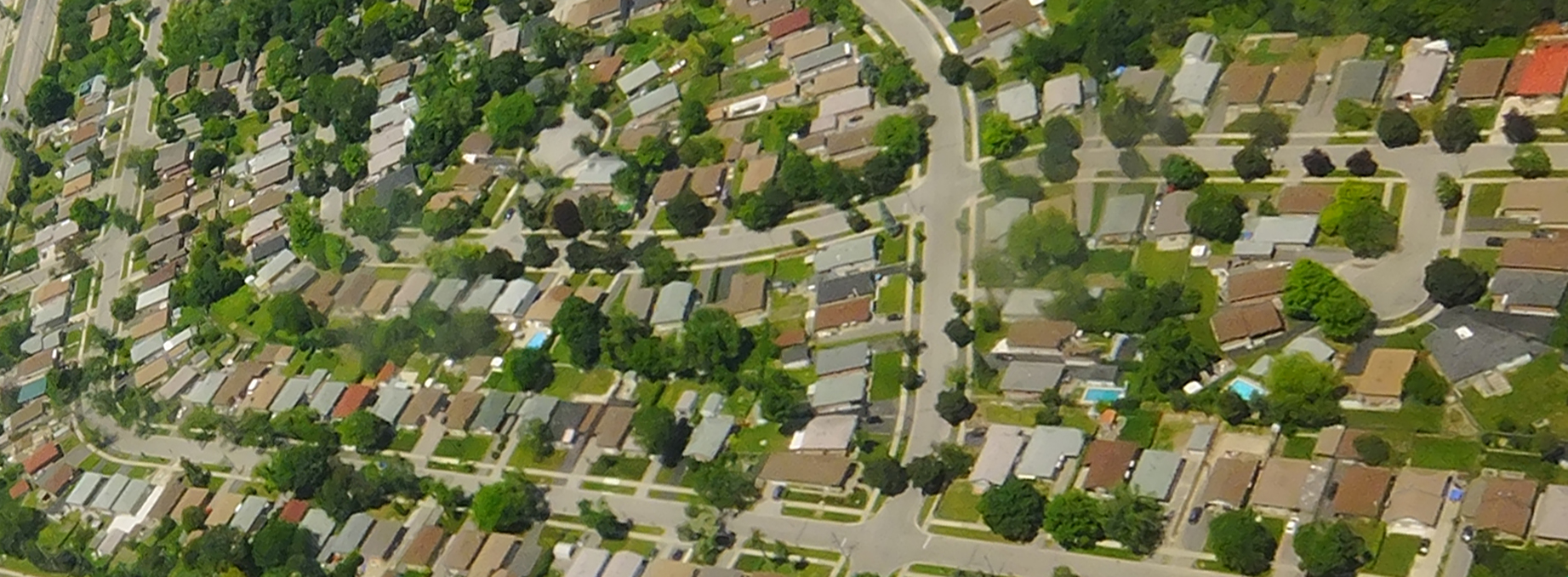There is an area of urban land that we need to change or at least modify. If all of this land in Canada was joined together we would have an area equal to the size of British Columbia.
Presently this land is completely wasted due to a useless cultural practice that benefits an industry and culture that degrades the earth instead of supporting a habitat. Most people call it a lawn, some are very proud of it, hours of time, energy and many chemicals are used to maintain it, even though approximately 2/3, of it or more is never used. What a colossal waste of energy, time and money. It seems the larger the residence the larger the lawn is. Chemicals used in this industry feed on this cultural practice.
So that’s the short form of my rant, you might look a great piece called “God and Lawns”, humorous and true.
Can you imagine at least half of everyone’s lawn covered with native trees and understory plantings. The migrating bird life alone would be enhanced greatly by using with these green trails as a highways when migrating, as well as habitat. Those areas chould be called bird nature trails or migration highways.
I could rant for some time concerning the advantages of these migration highways/urban nature preserves, but I think it would be like “preaching to the choir”.
My partner and I moved into our house in 1994, the property is 3/4 of an acre, it was all lawn, not being a fan of lawns we decided to have have only the amount of lawn we would use. Then we started planting native trees and a vegetable garden. We now have a small but very wonderful woodlot with an understory of native shrubs/ small trees. We’ve dug pits and used the soil to create mounds. Each year we collect bags of leaves, that neighbours throw out and we spread them under the trees. This creates habitat for the many native plants and understory shrubs found in forests. This garden has been on tours most every year since we moved in. People must stay on the paths, the tour includes the history, the reasoning, explanations of why we’ve done this, the layers that make up a forest and what plant and tree species are planted.
All this is an effort to reduce the fear people seem to have concerning not having a lawn and to encourage the use of native plants. Native plants support native pollinators, most horticultural modified plants are of little use to pollinators.
This said, do you think we/you/us, chould find a way to educate the average homeowner to reduce their lawn size. I think starting with local politicians might be a way to go, but there has to be so many other things that would be effective.
– Vicki Beard, Guelph
Subscribe today to be notified when we publish a related feature in our Summer 2021 issue: onnaturemagazine.com/upcoming-issue.

